
Death Doesn’t Exist And May Just Be An Illusion, According To Quantum Physics

The Quantum Illusion of Death: How Science Is Rewriting Our Understanding of Life and Consciousness
Across the sweeping expanse of human knowledge, few questions have captivated our collective imagination as deeply as the mystery of death. From ancient philosophers debating the afterlife by the firelight to modern scientists decoding the human genome and probing the edges of spacetime, humanity has always sought to answer the same haunting question: what happens when life ends?
For millennia, the end of life has been seen as an immovable boundary — a line no living being could cross. But what if that belief, as intuitive as it feels, is incomplete? What if death is not a true ending at all, but a transformation — an illusion created by the way we perceive reality?
Enter the bold and provocative theory of Robert Lanza, M.D., a scientist whose groundbreaking work in biology and physics proposes that the answer to our greatest existential question may lie not in religion or philosophy, but in the strange, counterintuitive world of quantum physics.
As we journey through this exploration of life, death, and the hidden architecture of the universe, we will confront ideas that defy logic — multiple universes, consciousness as a form of energy, and the possibility that the material world is not the origin of life, but its product. Prepare to navigate a world where death may not be an end, but a doorway, and where the very fabric of reality bends to the awareness that inhabits it.
An Endless Multiverse: Where Every Possibility Exists
Quantum physics is often viewed as a realm of esoteric mathematics and paradoxes, far removed from the daily experiences of ordinary life. Yet, within its bewildering principles lies a possibility that directly challenges the concept of death as a finality.
According to Lanza’s theory of biocentrism, reality is far more expansive — and far stranger — than we’ve ever imagined. He proposes that an infinite number of universes exist simultaneously, each containing versions of us making different choices, living different lives.
Imagine it: as you sit here reading these words, another version of you might be walking down a different street, having made a single, tiny decision that changed the trajectory of that reality. In one universe, you said yes where you said no here; in another, you never crossed paths with someone who, in this universe, changed your life.
Under this lens, death loses its sharp edge. If consciousness is not tied to one singular timeline but flows across a web of infinite possibilities, then when our life in one universe reaches its endpoint, our awareness doesn’t vanish — it simply slips seamlessly into another universe, where life continues in a different form.
This vision of reality suggests that existence is cyclical, continuous, and unending. Death, in this context, is not an annihilation, but a transition — a shifting of perspective in an infinite multiverse where no possibility is ever truly lost.
Consciousness as Energy
To understand this radical idea, we must examine the nature of consciousness itself. Traditionally, consciousness has been viewed as a byproduct of the brain — a complex but ultimately physical process that ends when the body stops functioning.
But Lanza and others argue for a far more profound view: consciousness is not produced by the brain; rather, it exists independently, as a form of energy. This energy animates our experiences and cannot be destroyed — only transformed, in accordance with the fundamental laws of physics.
Biocentrism takes this even further. It suggests that our perception of death stems not from objective reality but from learned belief. From childhood, we are conditioned to see life as linear, bounded by a beginning and an inevitable end. But what if that conditioning blinds us to a deeper truth — that our awareness is not confined to the body it inhabits?
Just as electricity can power countless devices without ever being consumed, consciousness persists, independent of the fragile biological shell it animates. In this light, death becomes less a full stop and more a comma — a pause in an ongoing sentence written across dimensions.
We Create Our Own Reality
One of the most revolutionary elements of Lanza’s theory is its reversal of a long-held assumption: that the physical universe came first and consciousness emerged from it.
Biocentrism argues the opposite: consciousness gives rise to the universe. Reality, in this view, is not an objective backdrop against which we live out our lives, but a canvas shaped by awareness itself. Time, space, and even matter become flexible constructs — perceptions generated by the mind to make sense of existence.
This perspective carries profound implications. If reality is, in part, a creation of our consciousness, then our beliefs, thoughts, and intentions possess extraordinary power. We are not passive observers of an indifferent cosmos; we are active participants, shaping the reality we inhabit.
Consider how differently life feels when you accept that your inner state colors the outer world — that your fears, your hopes, and your imagination ripple outward into the experiences you attract. This is not mysticism, but a quantum-informed understanding of how intimately mind and reality are entangled.
Death as the Great Transition
When the physical body ceases to function, something extraordinary may occur: the bond between mind and matter dissolves, allowing consciousness to expand beyond its familiar constraints.
Lanza describes this as a release — the unraveling of the thread that ties awareness to a single point in spacetime. In that moment, we may awaken to a broader spectrum of reality where the linear progression of time collapses, and the boundaries of individuality blur.
Far from being an end, death becomes a portal — a passage into a realm where consciousness is free to explore the infinite field of possibility that has always surrounded it.
Seven Practical Insights for Living Through the Quantum Lens
Embracing this quantum perspective is not only a philosophical exercise; it offers a practical framework for living with greater presence, courage, and purpose. Here are seven ways to integrate these insights into daily life:
-
Live Mindfully – Every moment carries significance in the infinite tapestry of existence. Be present, fully inhabiting the now.
-
Seize Opportunities – In a universe of endless versions of you, this is your chance to choose boldly and consciously.
-
Cultivate Positive Beliefs – Your perceptions shape your reality. Replace fear and doubt with optimism and intention.
-
Foster Connection – Recognize the profound interconnectedness of all beings. Every interaction carries ripples across the multiverse.
-
Practice Self-Compassion – In a reality where endless chances exist, mistakes are not failures but opportunities to learn and evolve.
-
Seek Meaning and Purpose – Discover what lights you up and align your choices with your highest values and passions.
-
Embrace Change – The only constant in an infinite universe is transformation. Flow with it, and you will grow.
These principles not only align with biocentrism but also empower us to live intentionally and expansively, embracing the infinite potential of consciousness itself.
A New Lens on Life and Death
As we stand at the crossroads of science and philosophy, quantum physics offers a breathtaking new lens on existence. What we have long perceived as the end may, in fact, be a doorway to an infinity of beginnings.
This understanding invites us to let go of fear and regret, to approach life with curiosity and courage, and to recognize the creative power of our own awareness. It suggests that the universe is not something we move through but something that flows through us — infinite, dynamic, and deeply interconnected.
Death, then, is not a wall but a window. And through that window lies a reality as vast and unknowable as the night sky — one where consciousness endures, energy flows, and every possibility exists, waiting for us to awaken to it.
News in the same category

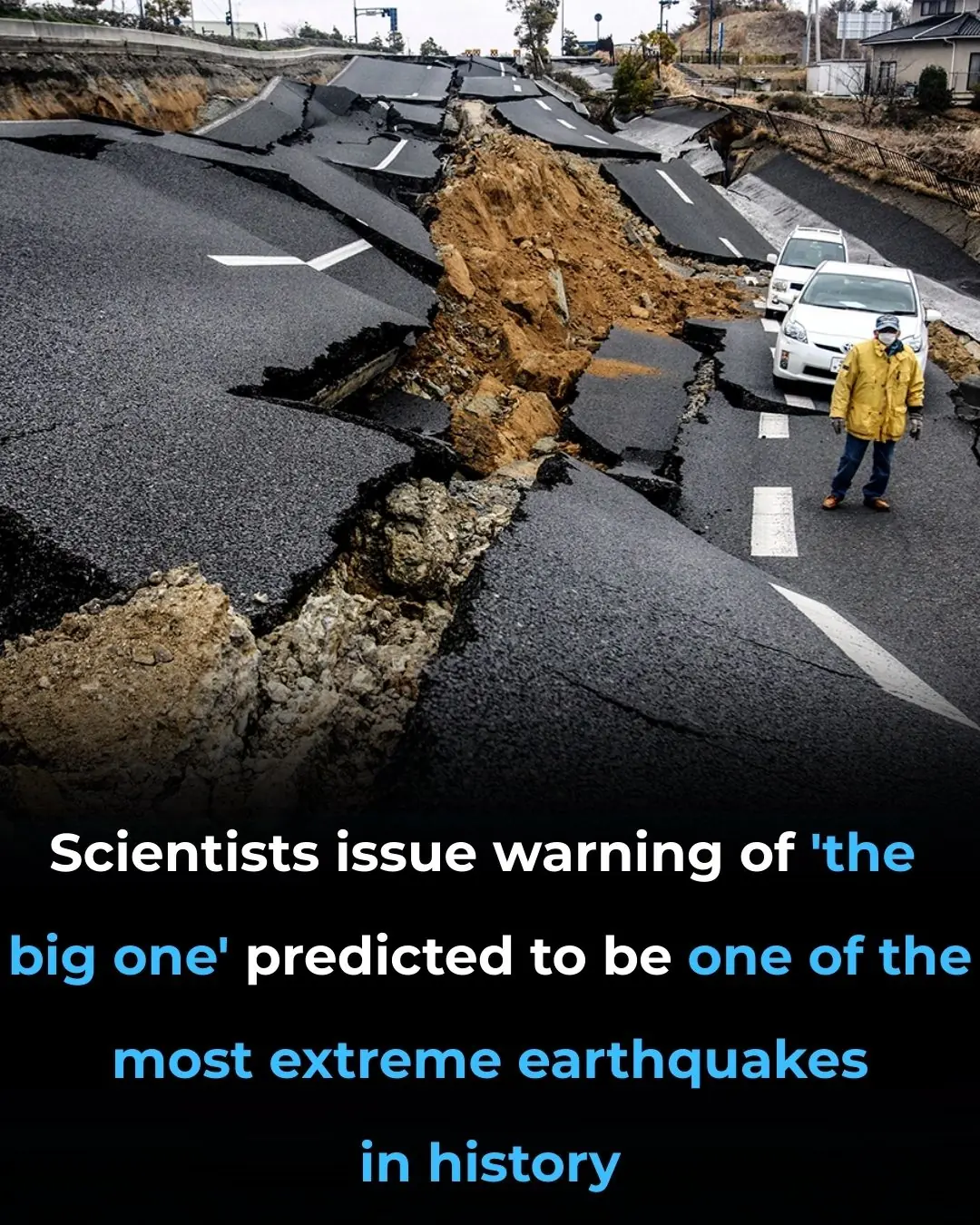
Scientists issue warning of 'The Big One' predicted to be one of the most extreme earthquakes in history

What Mixing Vinegar, Salt, and Water Does?

The Reason Some People Keep Lemons on Their Nightstand While Sleeping

Pick a Grandma to Discover Your Future Self
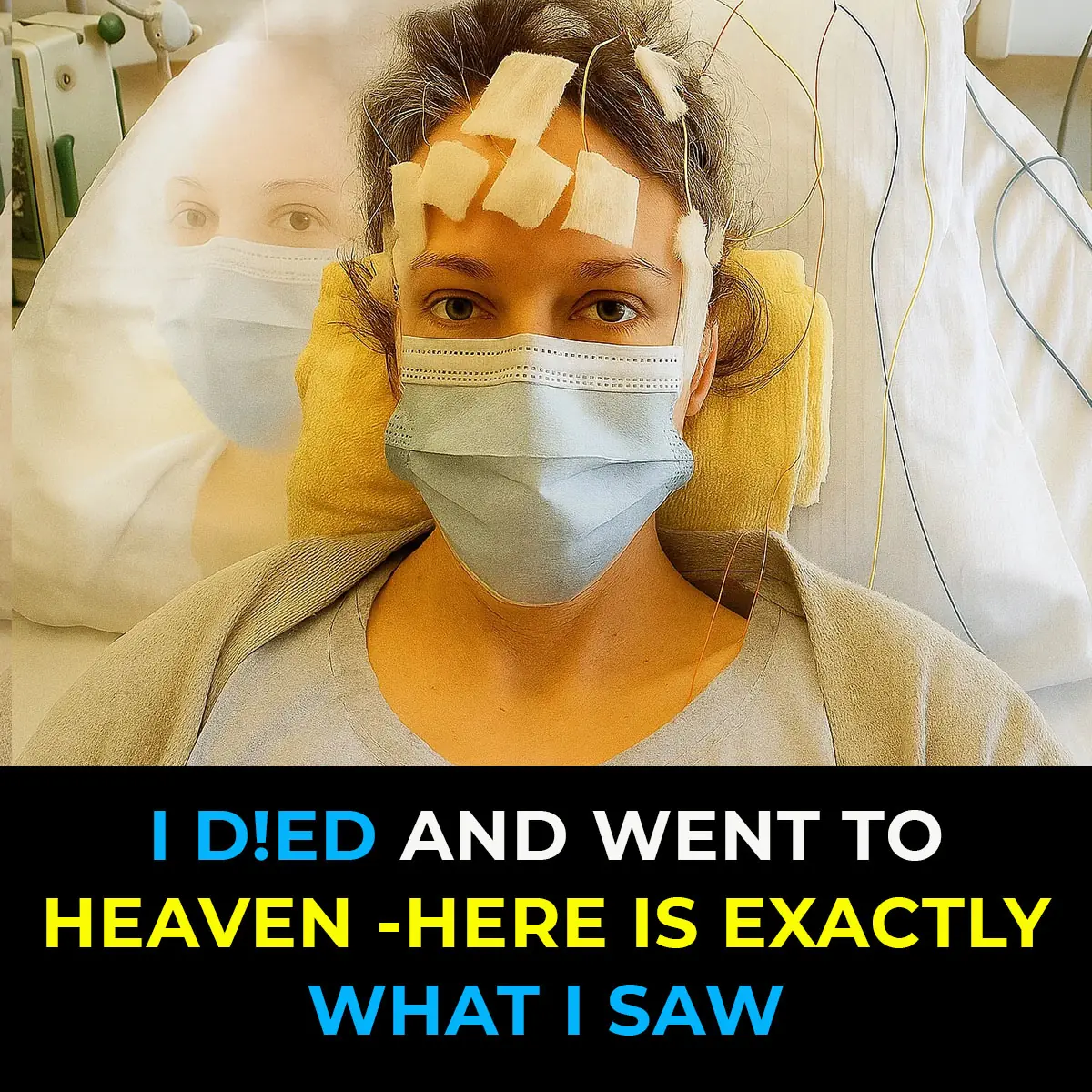
I Di3d for 6 Minutes and Saw the Afterlife — What I Witnessed Still Haunts Me

How One Simple Button Can Cut Your Energy Costs in Half!
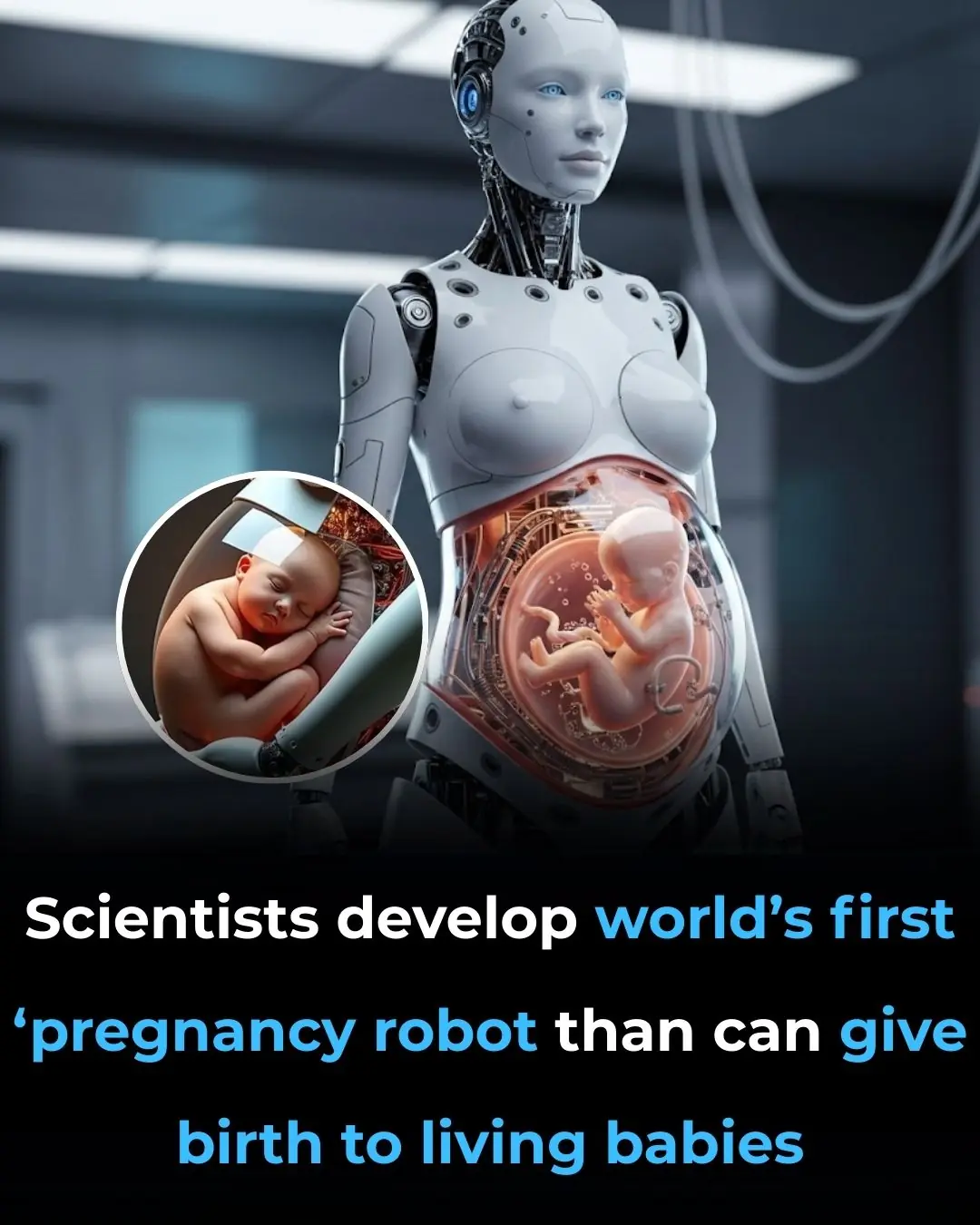
Scientists Develop World’s First ‘Pregnancy Robot’ That Can Give Birth to Living Babies

Never store your cooked rice without knowing this

Dogs Can Tell If A Person Is Good Or Bad

Panic on P:0rnh:ub as adult site reports it's losing one million users every single day

What’s the Purpose of Dual-Flush Toilet Buttons?

Why a Cat Rubs Against You

True Meaning When Black Butterflies Visit You
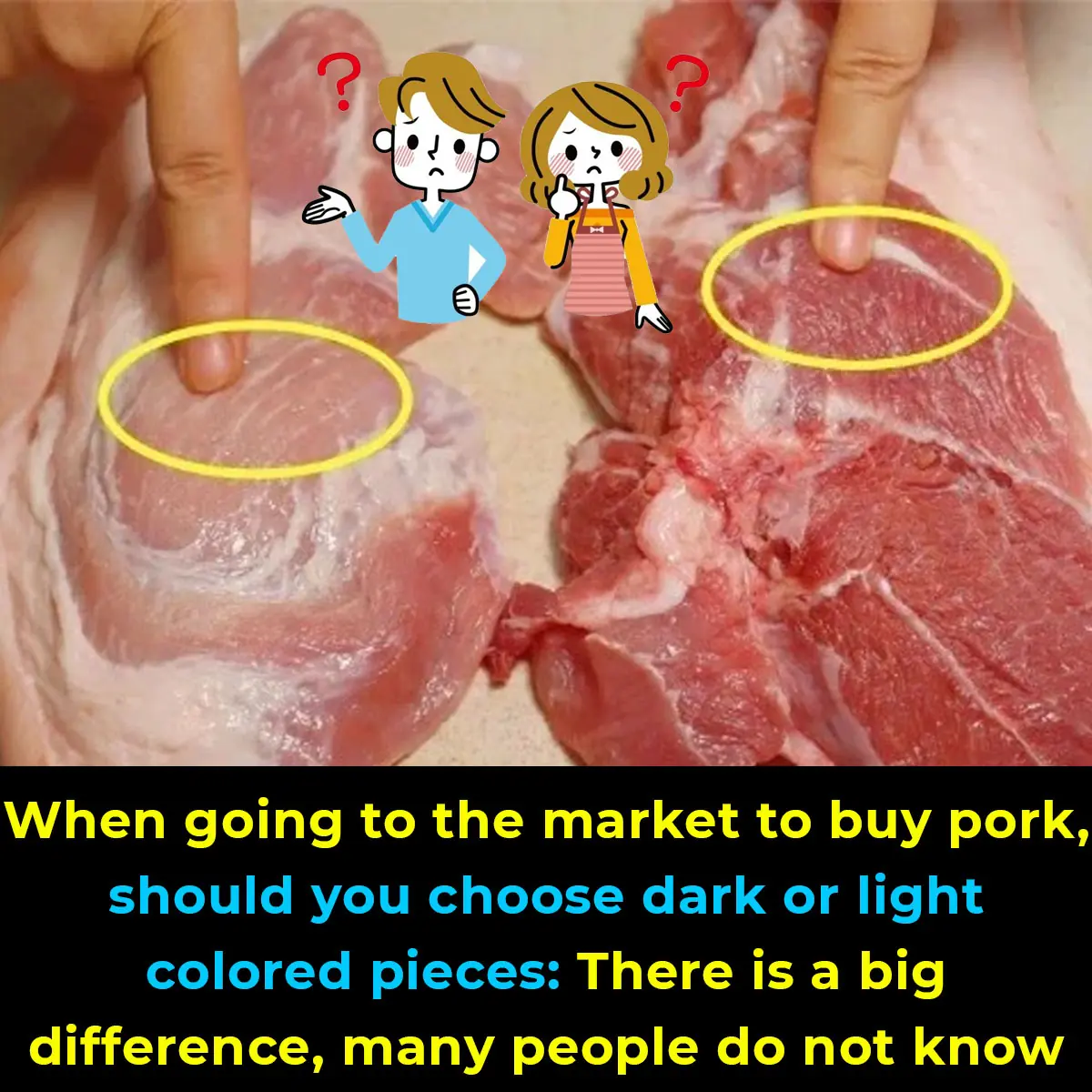
Tips for Selecting Fresh Pork at the Market
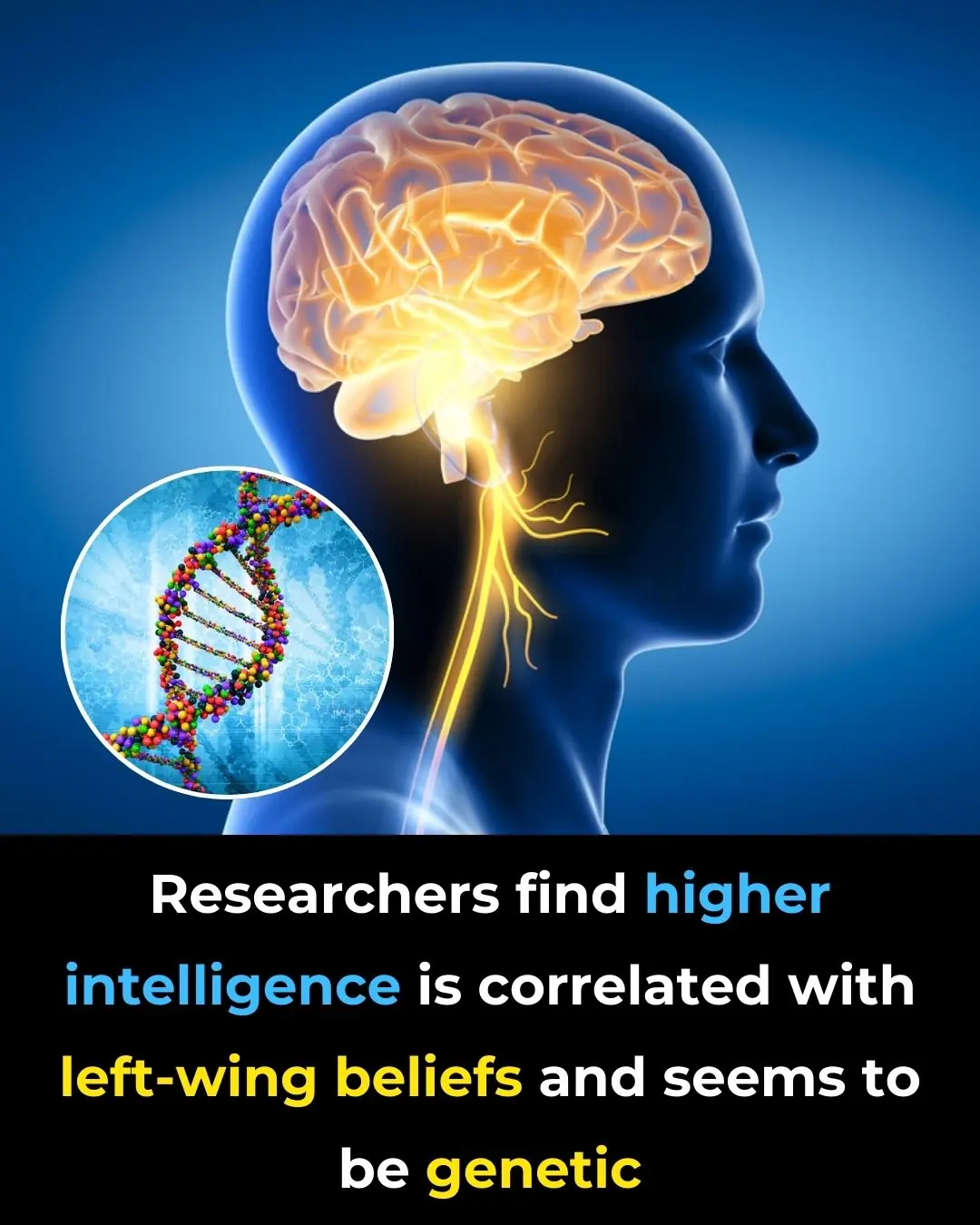
Researchers Find Higher Intelligence Is Correlated With Left-Wing Beliefs and Seems to Be Genetic
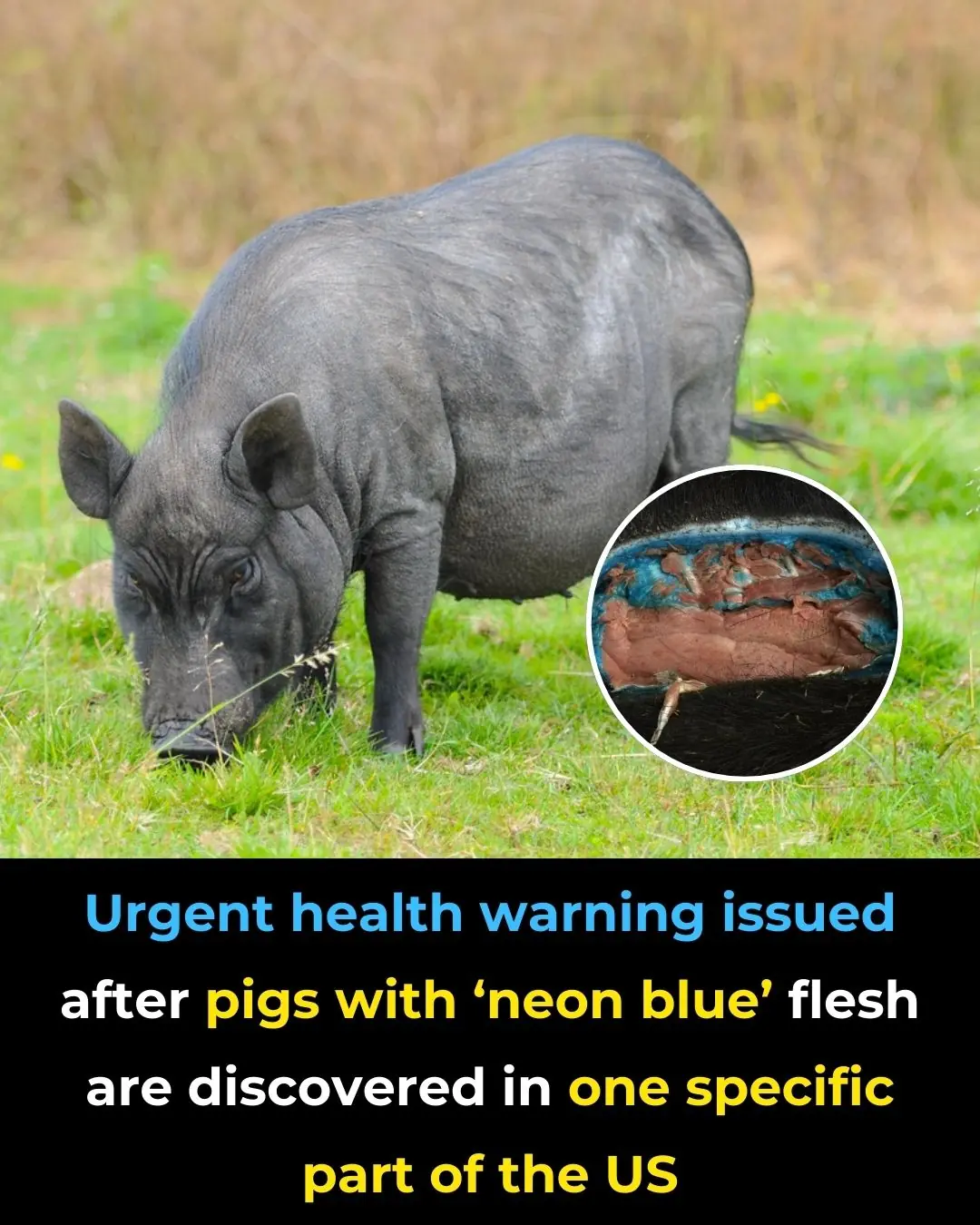
Urgent Health Warning Issued After Pigs With ‘Neon Blue’ Flesh Are Discovered in One Specific Part of the Us
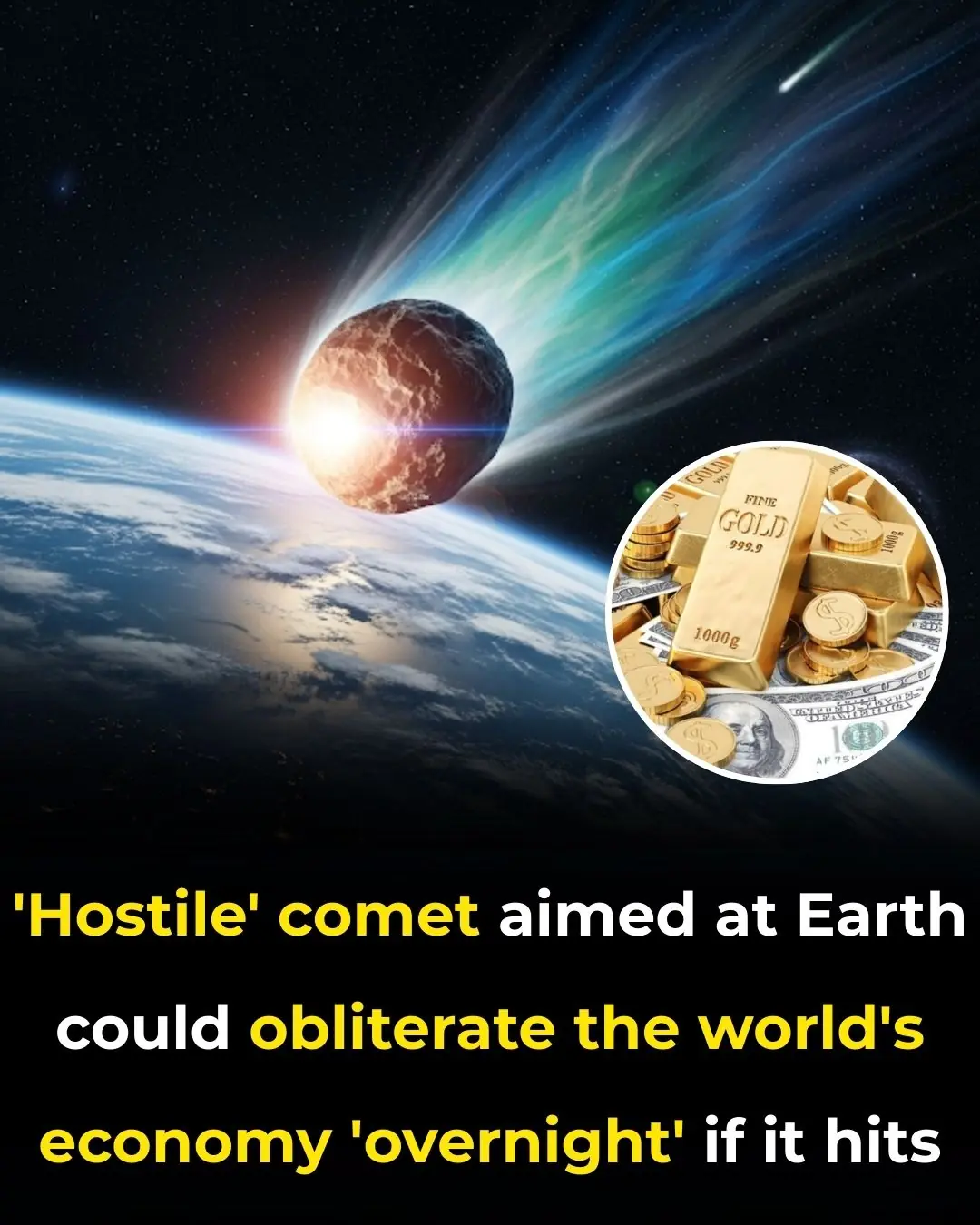
'Hostile' comet aimed at Earth could obliterate the world's economy 'overnight' if it hits
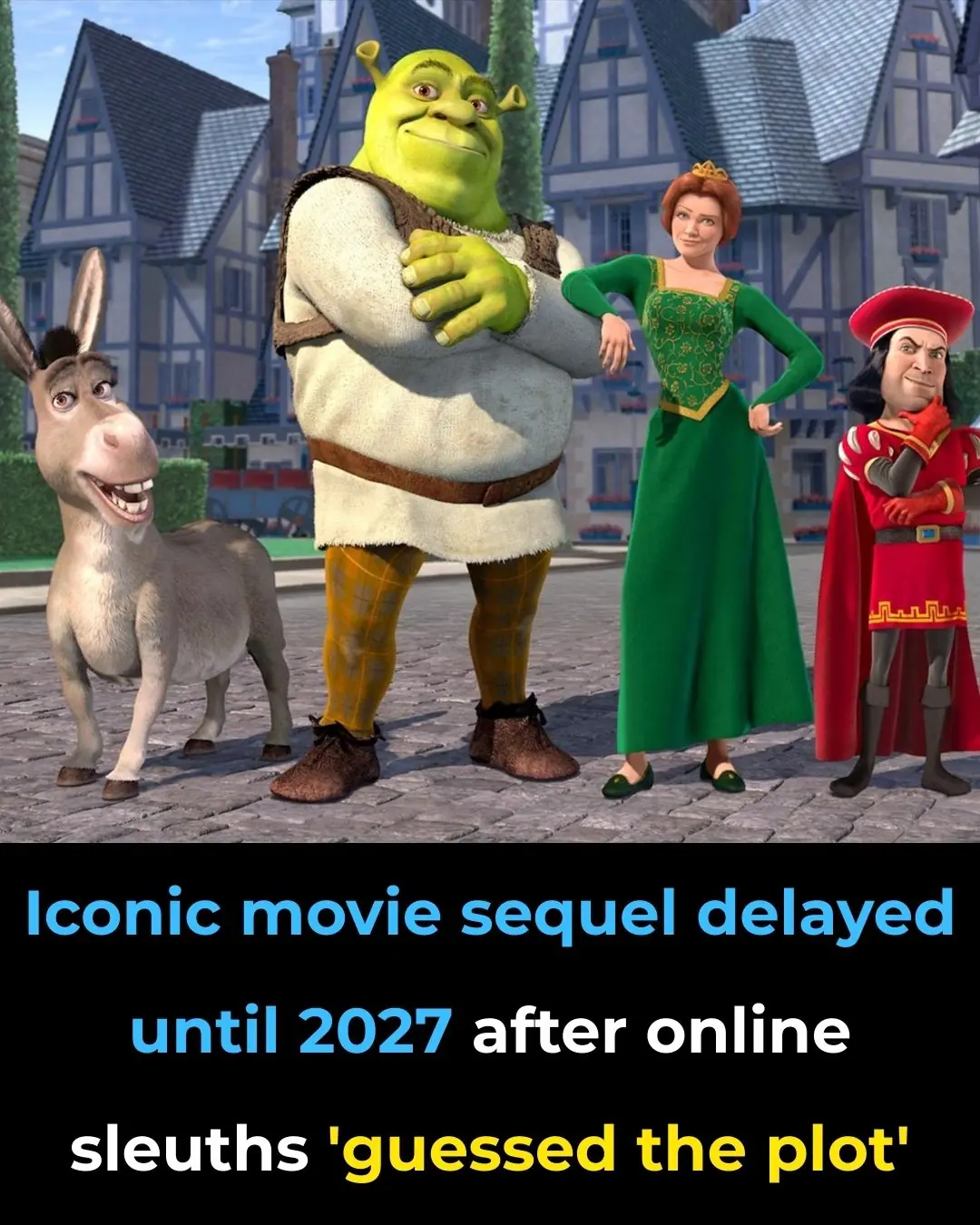
Iconic movie sequel delayed until 2027 after online sleuths 'guessed the plot'
News Post

Morning Drinks That Supercharge Your Kidneys: 5 Natural Remedies Backed by Science
Your kidneys quietly work around the clock to filter waste, balance fluids, and regulate blood pressure—yet most people neglect them until problems arise. Starting your morning with simple, kidney-friendly drinks can protect these vital organs and set t

7 Alarming Signs of Nasopharyngeal Cancer You Should Never Ignore
Nasopharyngeal cancer often hides behind symptoms that look like common colds or allergies. Recognizing these early warning signs can make all the difference in timely treatment and recovery.

Citizens fear Alaskan capital could be swallowed under water following major glacier outburst

The Science-Backed Benefits of Elderberry (Plus an Easy Syrup Recipe)

Scientists issue warning of 'The Big One' predicted to be one of the most extreme earthquakes in history

Why Almonds Are So Good for You: Health Benefits Backed by Science

Use This Simple Method to Kill the Bacteria Causing Heartburn and Bloating Before It’s Too Late

Russian Doctor Claims You Can Recover Your Immune System in Just 30 Seconds

Doctors Warning: 7 Types of Pain You Should Never Ignore!
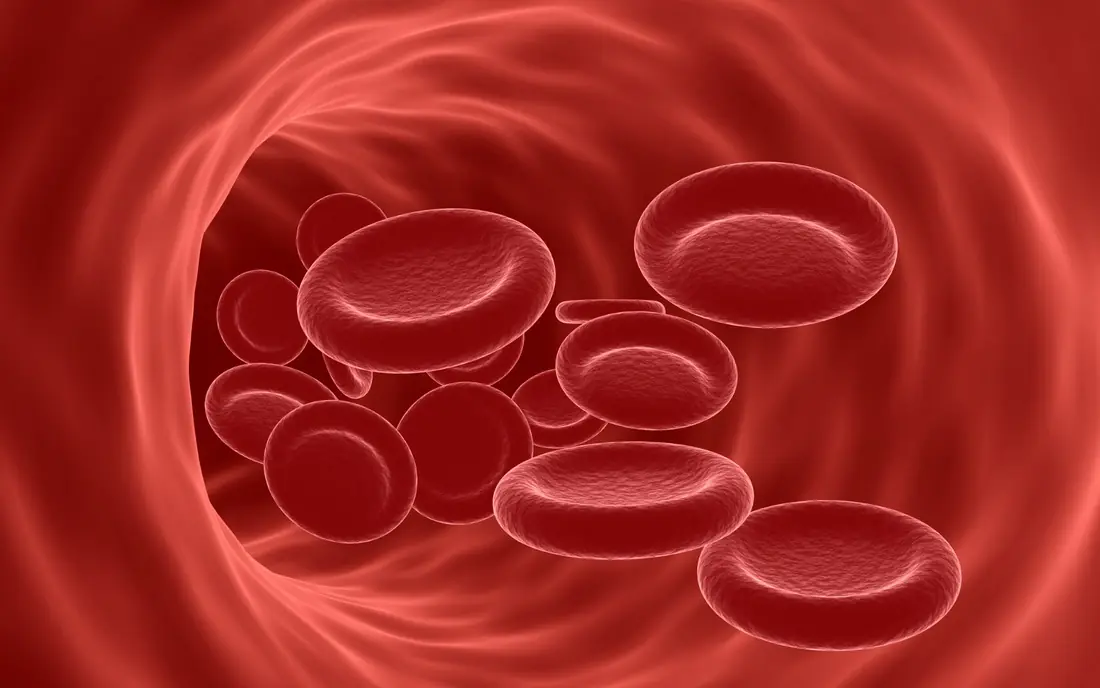
Iron Deficiency Symptoms You're Probably Missing and How to Correct Them

Here’s Why You Should Massage Your Feet Every Night Before Bed

Young Mother Shocked After Doctors Reveal Her ‘Heart Attack’ Was Actually Oil in Her Lungs from Vaping

Do You Wake Up With Numb or Tingling Hands? Here’s What Your Body Is Trying to Tell You

Passenger’s Severe In-Flight Diarrhea Forces Entire Flight to Be Canceled
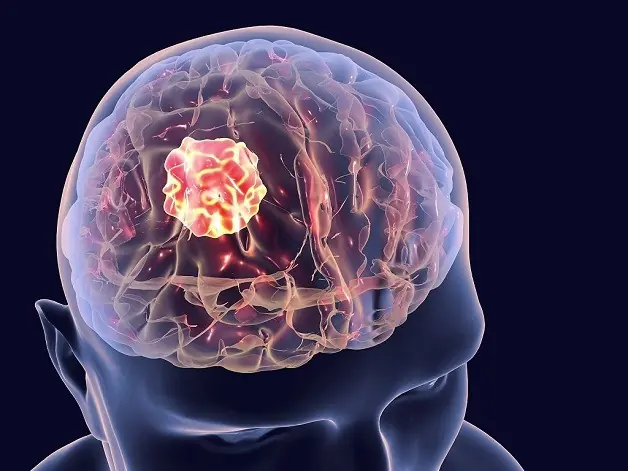
Proven Brain Foods to Boost Brain Power, Focus and Memory

Think You’re Fine? These 10 Hidden Signs of Gluten Intolerance Will Surprise You

The Psychological Meaning of Leaving Dirty Dishes

The Vitamin The Body Lacks When Legs And Bones Are Painful

Advanced HCC: Which First-line Treatment Is Best?
